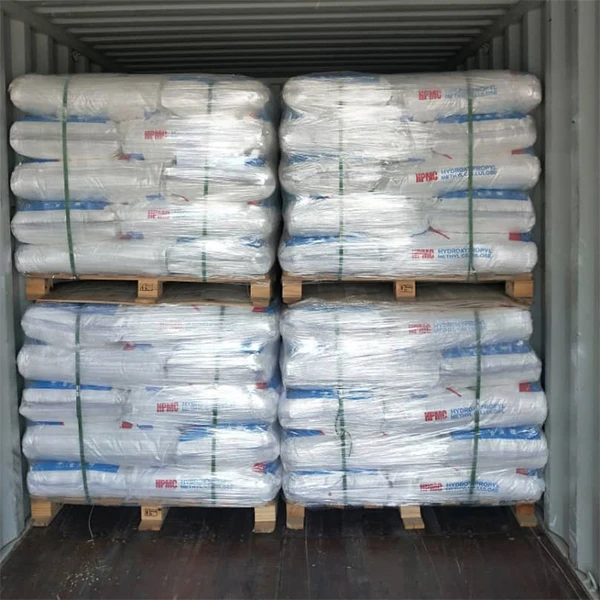Understanding Ethyl Hydroxyethyl Cellulose Properties, Applications, and Benefits
Ethyl hydroxyethyl cellulose (EHEC) is a modified cellulose derivative that has gained significant attention in various industrial applications due to its unique properties. As a non-ionic, water-soluble polymer, it is derived from natural cellulose, which comes from cotton or wood. By the introduction of ethyl and hydroxyethyl groups, the properties of cellulose are altered, resulting in a compound that is versatile and highly functional for different uses.
Chemical Composition and Structure
The chemical structure of ethyl hydroxyethyl cellulose consists of a backbone made of β-D-glucopyranose units linked by β(1→4) glycosidic bonds. The modifications made to the cellulose molecule involve the substitution of some of the hydroxyl groups (–OH) with ethyl and hydroxyethyl groups. This modification not only enhances solubility but also improves the polymer’s thermal stability and viscosity. The degree of substitution (the number of hydroxyl groups replaced by ethyl and hydroxyethyl) can vary, which influences the physical and chemical properties of the EHEC.
Properties of Ethyl Hydroxyethyl Cellulose
One of the most significant properties of EHEC is its excellent solubility in both hot and cold water, making it an ideal thickening and gelling agent. Upon dissolution, it forms a clear and viscous solution, which can be advantageous for numerous formulations. Additionally, EHEC exhibits pseudoplastic (shear-thinning) behavior, meaning its viscosity decreases under shear stress – a characteristic that is particularly useful in industrial applications where ease of application is critical.
EHEC is also stable across a wide pH range, making it suitable for formulations in various acidic or alkaline environments. Moreover, it is resistant to enzymatic degradation, which extends its application life in diverse products. Its non-ionic nature leads to lower interactions with other ionic species in solution, thus maintaining the integrity and stability of formulations.
Applications of Ethyl Hydroxyethyl Cellulose
ethyl hydroxi ethyl cellulos

EHEC finds applications in several industries, including food, cosmetics, pharmaceuticals, and construction. In the food industry, it is utilized as a thickener, stabilizer, and emulsifier in products such as sauces, salad dressings, and dairy items. Its ability to retain moisture and enhance texture makes it a popular ingredient in many food formulations.
In the cosmetics and personal care sector, EHEC serves as a thickening agent in shampoos, conditioners, lotions, and creams. Its film-forming properties help in delivering a smooth and desirable texture to personal care products, and it also aids in improving the stability of emulsion formulations.
In pharmaceuticals, EHEC is used in tablet formulations as a binder and controlled-release agent. Its water-retaining properties assist in ensuring the right consistency and stability of various medicinal preparations. Furthermore, EHEC is beneficial in designing drug delivery systems, where it acts as a coating material to modulate the drug release profile.
Additionally, EHEC is being increasingly employed in the construction industry, particularly in the formulation of mortars and adhesives. It enhances workability and water retention properties, ensuring better adhesion and longevity of building materials.
Benefits of EHEC
The use of ethyl hydroxyethyl cellulose offers multiple benefits. Being derived from natural cellulose, it is considered safe and non-toxic for use in food and cosmetic applications. Its versatility allows formulators to tailor products to meet specific demands, whether it be for consistency, stability, or performance. Furthermore, EHEC contributes to sustainability through its biodegradable nature, aligning with the growing demand for environmentally friendly materials.
In conclusion, ethyl hydroxyethyl cellulose is an invaluable polymer that serves a wide array of functions across numerous industries. Its unique properties, combined with its adaptability, make it a critical ingredient for formulating products that require thickness, stability, and moisture retention. As industries continue to innovate and seek sustainable solutions, the relevance of EHEC is likely to grow, highlighting its importance in modern manufacturing processes.
-
The Application and Significance of Construction RdpNewsMay.19,2025
-
Industrial Grade HpmcNewsMay.19,2025
-
Building Coating Adhesive Building Coating Adhesive HpmcNewsMay.19,2025
-
Application Of Hpmc For Detergent For Detergent In DetergentsNewsMay.19,2025
-
Application Of Hpmc Cellulose In Cement-Based MaterialsNewsMay.19,2025
-
Application Of High Quality Hpmc For Construction In The Field Of ConstructionNewsMay.19,2025




